The bronze of the Winged Victory of Brescia returns to the Capitolium of Brescia in the new layout created by Juan Navarro Baldeweg, after a restoration that lasted over two years. Credits: Brescia Museums photographic archive © Fotostudio Rapuzzi
In Brescia, art is good for the heart as well as for the mind, thanks to the initiatives that the Brescia Musei Foundation has been successfully carrying out for some years in the halls of its masterpieces, where a new idea of museum embraces the inclusive value of a art closest to the fragile.
While carrying the banner of Italian Capital of Culture 2023 high with an extensive program of exhibitions, the Lioness of Italy does not forget the participatory function of its treasure chests of culture, places of conservation and enhancement, also responsible for care and well-being through a series of “system” projects, non-episode activities, but proposed again by the Brescia Museums Foundation basically at least once a year.
“The project Art as Care – explains Stefano Karadjov, director of the Brescia Musei Foundation – was born from a new idea of museum that Brescia has been trying to carry on for three-four years, and which can be summed up in the concept of a museum of participation, a place not only for collecting , conservation or valorisation. The name of “participation” includes a series of practices for building relationships with the community on which we as Brescia Musei have been forerunners. I am thinking, for example, of the free museums for residents, a practice that we have activated since last January 24 on the occasion of Brescia, the Italian Capital of Culture”.
The Capitolium or Capitoline Temple, 73 AD, Brescia, Piazza del Foro | Courtesy of Brescia Museums
And how does the museum fit into these practices?
“One of the tasks of museums is to overcome distances through enabling actions, but also to overcome the concept of disease as an impairment. Illness, whether transient or permanent, must not prevent one from trying various practices that are of great support to treatment and well-being”.
Who are these courses aimed at?
“To a very significant number of users of our museums who live in conditions of temporary or permanent difficulty, in conditions of illness, in fragile psychological conditions. They are aimed at those users who have motor or perceptive disabilities, suffering from syndromes and delays, citizens who must be first class. All projects are not episodic, but systemic. These are activities that are repeated, basically at least once a year”.
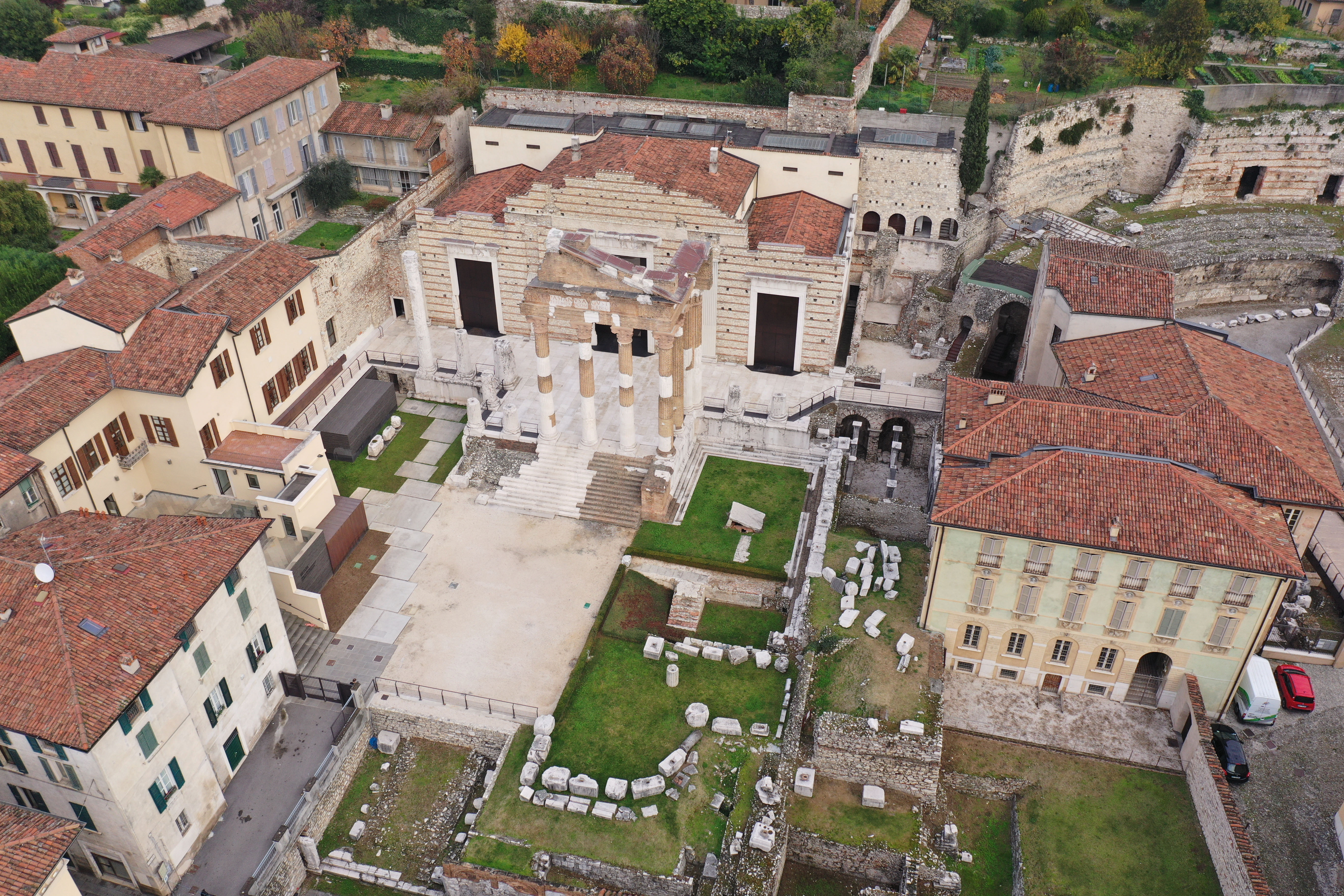
The archaeological area of Brixia Romana seen from above I Photo Brescia Musei
At the moment, the Brescia Museums Foundation is focusing on the “Beauty that heals” project. Launched in June 2022, it includes special itineraries in the Archaeological Park of Roman Brescia, aimed at heart patients. What is it about?
“The project The beauty that heals is developed in collaboration with Dr. Paolo Gei of the Zadei Clinic, a cardiologist who, after his retirement, graduated in Art History. With him we have built a program dedicated to patients with heart disease, and suffering from various chronic conditions and frailties, who have difficulty moving around and are normally excluded from visits to museum sites. A couple of times a month Dr. Gei accompanies patients in this exciting experience. It’s nice to see these people regain possession of a normality they were no longer used to”.
The “Museum for all” program also falls within this conception of a participatory museum. What is it about?
“It is an activity program of public engagement dedicated to all categories, children, the elderly, families, the disabled, deaf, visually impaired, poor parents…Every six months we publish a brochure with the activities which can also be consulted on the site of the Brescia Museums Foundation”.
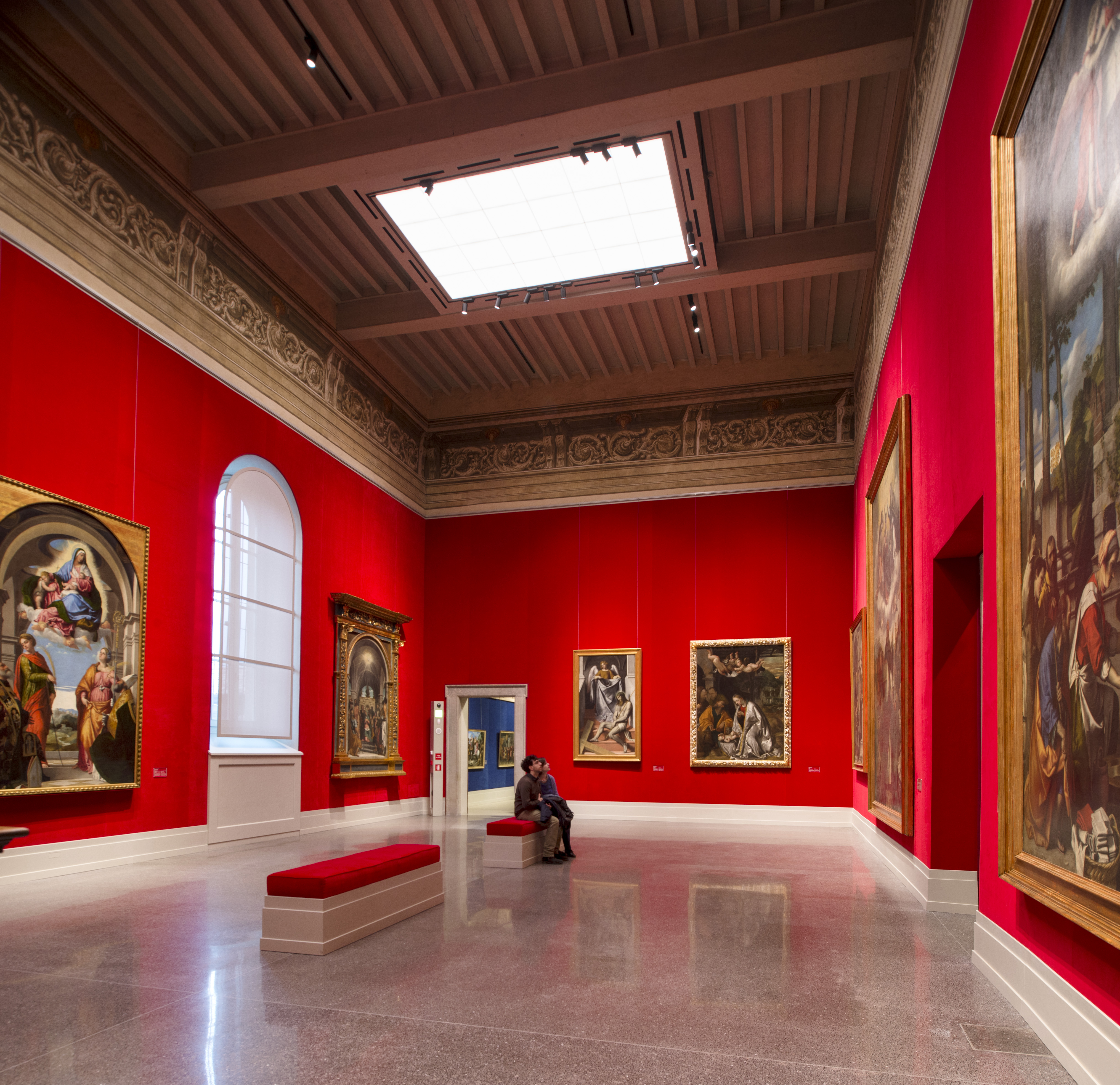
Tosio Martinengo Art Gallery, Brescia | Courtesy of Brescia Museums
Thus the special program conceived on the occasion of Bergamo Brescia Capital of Culture includes fun initiatives for adults and children, from the escape room at the Santa Giulia museum to creative workshops for adults and children, dedicated to current exhibitions.
There is no shortage of itineraries aimed at the blind and visually impaired…
“The Brescia Musei Foundation has recently renovated Ariadne’s Thread, an itinerary, supported by specific materials, dedicated to the blind and visually impaired, but also to visitors interested in rediscovering the work of art through multi-sensory perceptive experiences. Since January we have reopened the Roman age section of the Santa Giulia Museum and we have carried out, also with the collaboration of the Brescia Vittoria Alata Lions Club, the complete renewal of the tactile maps within the section. These are associated with an app that allows blind people to be accompanied on a visit, hearing about what they are seeing. Through the replicas of some sculptures we can allow them to touch the heritage. We have also created a series of models that allow you to understand the architectures. It is a very integrated project that fits perfectly into the ordinary visit itinerary, accentuating inclusion”.
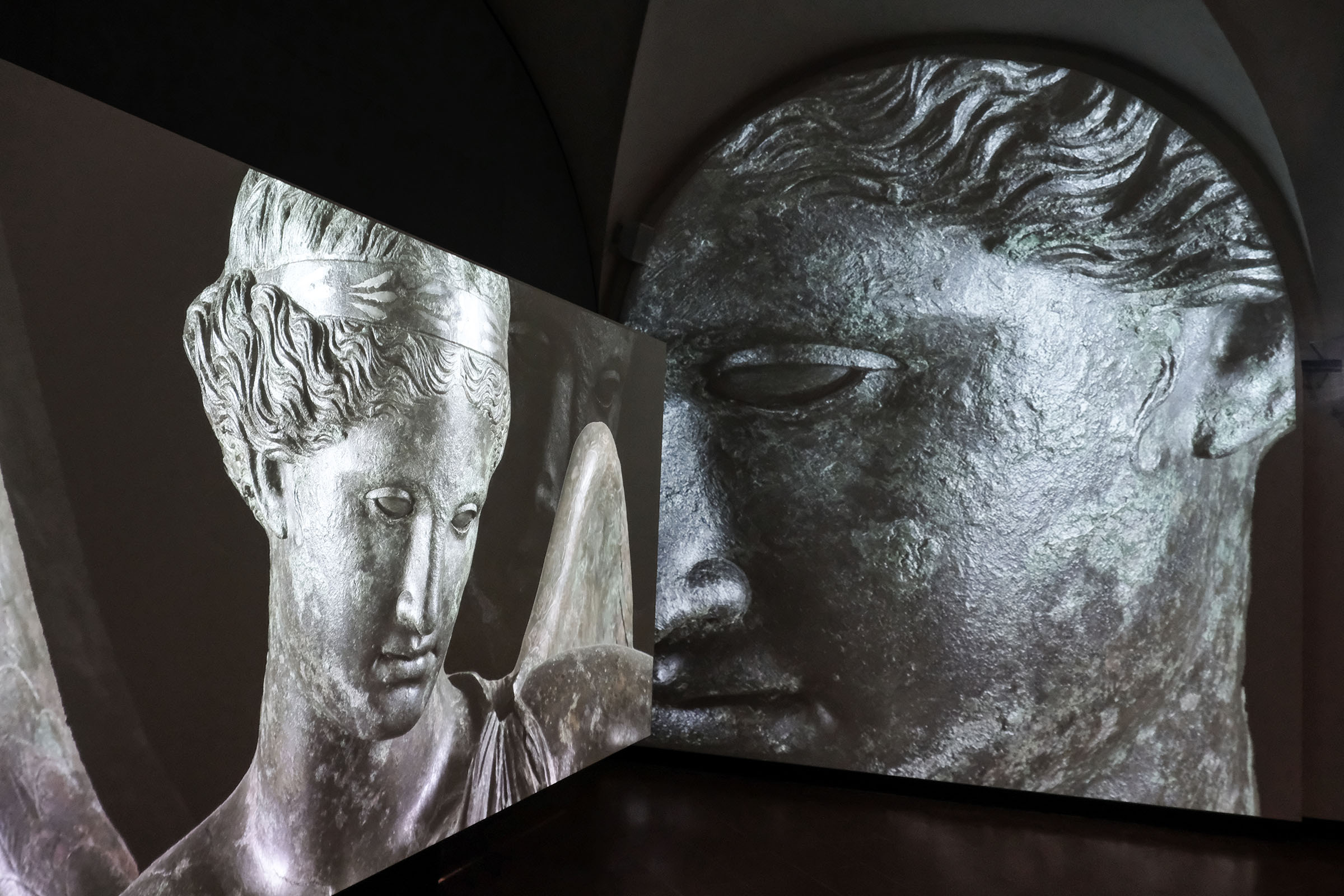
NONE Collective, BRIXIA, Santa Giulia Museum, Brescia I Photo credits NONE Collective
During the pandemic, you managed to take art out of the museum by also making it enter a vaccination hub…
“Inside the Hub Fiera di Brescia vaccination center we have created a real exhibition dedicated to the Winged Victory, where “victory” was also understood as an exit from the pandemic. The project consisted in the decoration of some public spaces of the vaccination center and in the creation of a storytelling, usable by users through smartphones or tablets during the triage and the vaccination process, with the possibility of interacting with the images of the Winged Victory and the preparation of our Capitolium”.
…And then the exhibition set up inside the hospital Fondazione Poliambulanza. Will it be revived?
“In a hospital, one of the few places accessible during the pandemic, we decided to create a photography exhibition with a curatorial structure. We have choosen Wonderful roots which welcomed 30 photographs taken by Alessandra Chemollo in the places of Brescia recognized as UNESCO heritage in 2011. We plan to set it up soon at the Catholic University of Milan”.
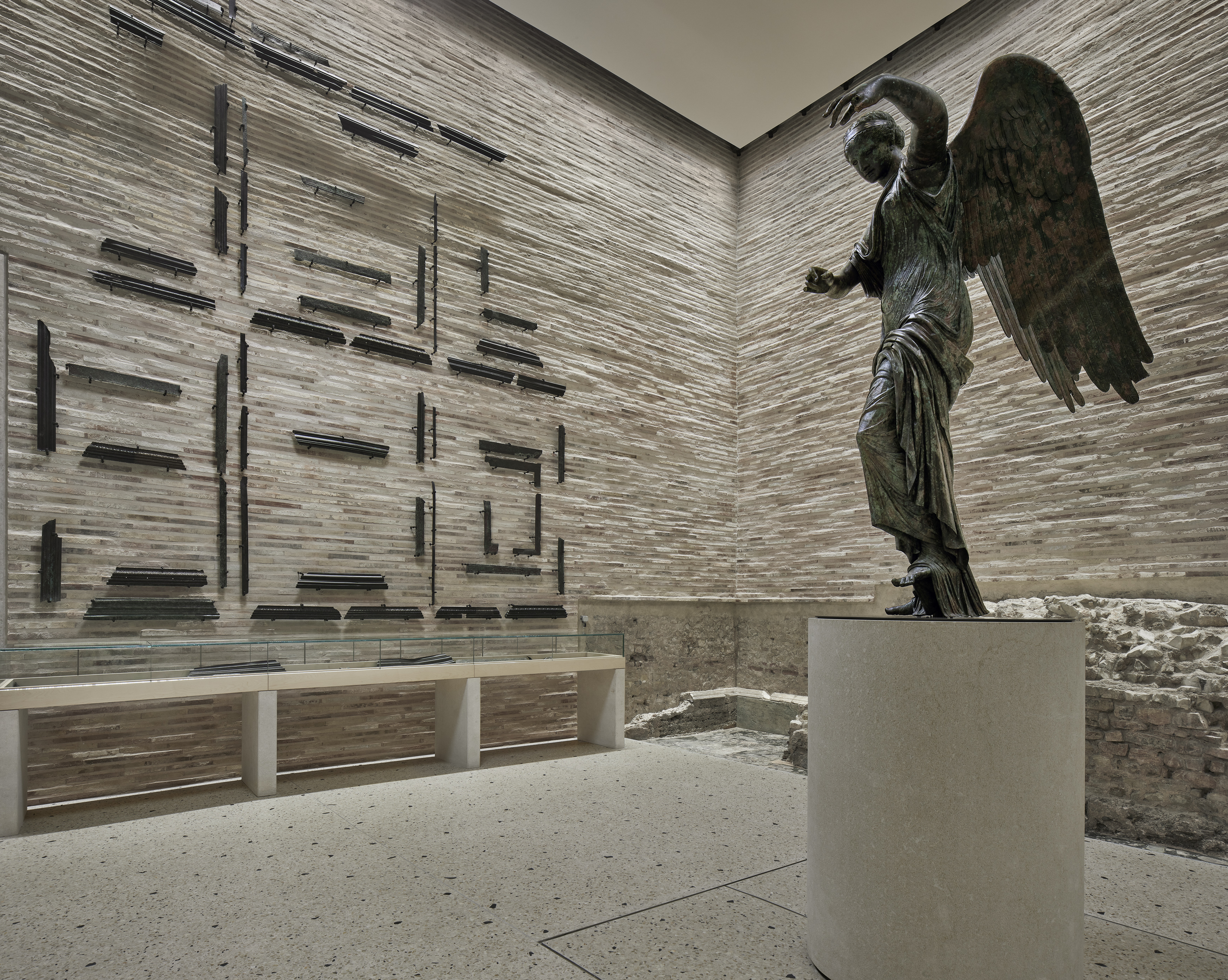
The Winged Victory in the new layout | Photo: © Alessandra Chemollo | Courtesy of Brescia Museums
And for the children?
“We are the only museum to have all the sites that can be visited with the Geronimo Stilton avatar. The journalist mouse app game is available throughout 2023 and awaits the little ones for an adventure through three routes available at the Museum of Santa Giulia, at the Tosio Martinengo Art Gallery and at the Luigi Marzoli Museum”.
Several important exhibitions are currently underway in Brescia, from the itinerary on Giacomo Ceruti who will fly to Los Angeles from next July 18 to the project by David LaChapelle. What are the next initiatives?
“The next adventure that will see us as protagonists, from 24 March to 25 June, will be an exhibition dedicated to the mountains. It will welcome the incredible photos of Vittorio Sella, committed to documenting mountaineering explorations like no other, and then the photographs of the legendary Ansel Adams with his shots that immortalize the landscapes of American national parks, and those of the South American Martin Chambi with his Peruvian Andes steeped in ethnographic and historical documentation. Alongside these masters who recount three types of different approaches, in line with the tradition of Brescia Musei, we thought of commissioning the German photographer Axel Hütte, specialized in mountain photography, to create an original portfolio on the Brescian Alps. We will have a part dedicated to our Alps on display. We acquired two of these shots, one dedicated to Presanella and one to Adamello, which will remain in the Brescia Musei collection”.
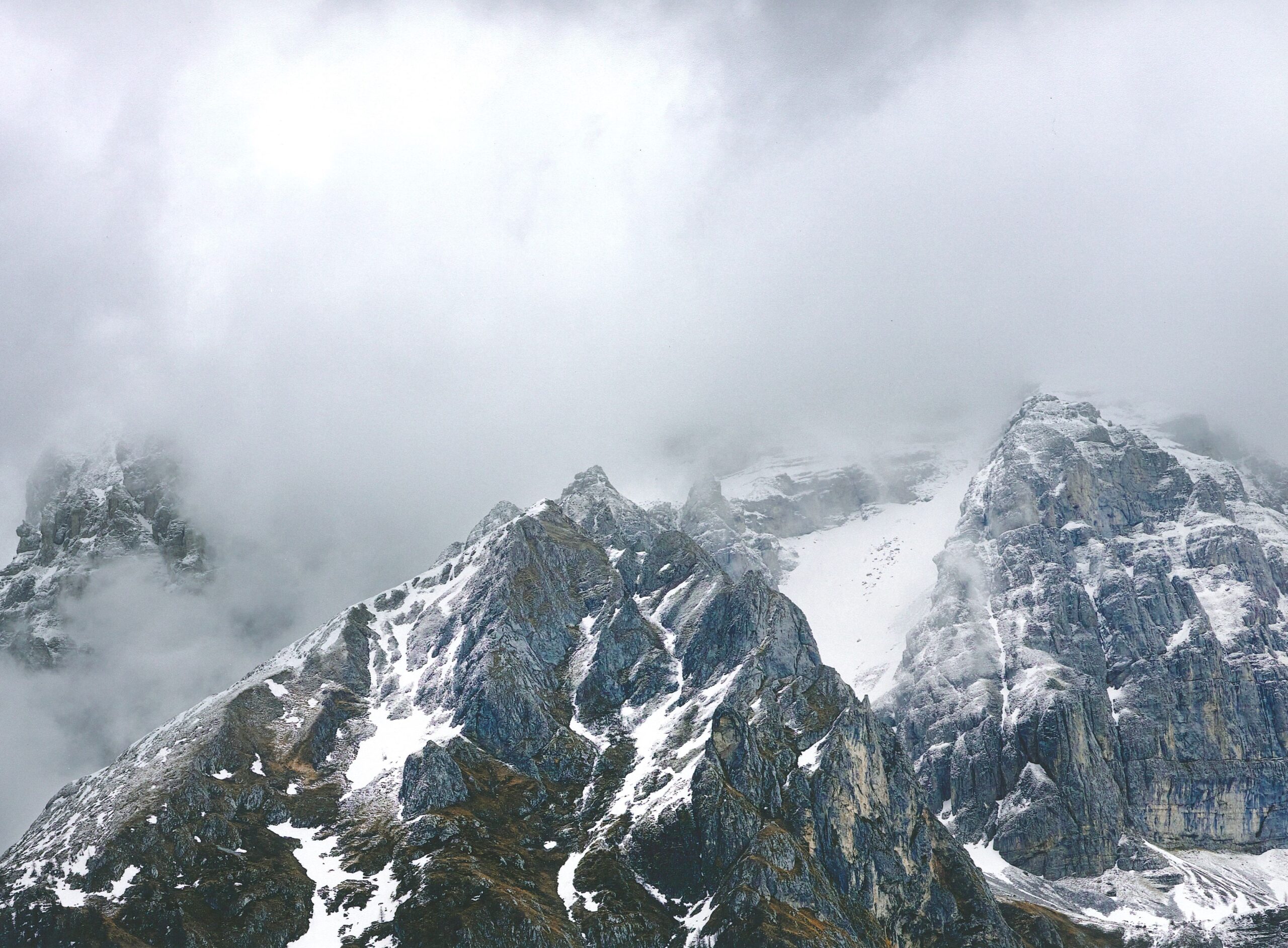
Axel Hütte, Pietra Grande, 2022
The exhibition represents the spearhead of the VI Edition of the Brescia Photo Festival, an event produced by the Brescia Museums Foundation, for the extraordinary 2023 edition.
From 9 June Fabrizio Plessi will arrive in Brescia with “Brixia bride Plessi”. What will we see?
“For years we have dedicated ourselves to relating contemporary artists to the archaeological heritage. We started with Francesco Vezzoli and continued with Emilio Isgrò and now with Fabrizio Plessi. We will have about ten installations between the Archaeological Park-Capitolium, the Museum of Santa Giulia, the domus. It will be a path that will lead us to the enhancement of this archaeological site with an eye to the contemporary”.
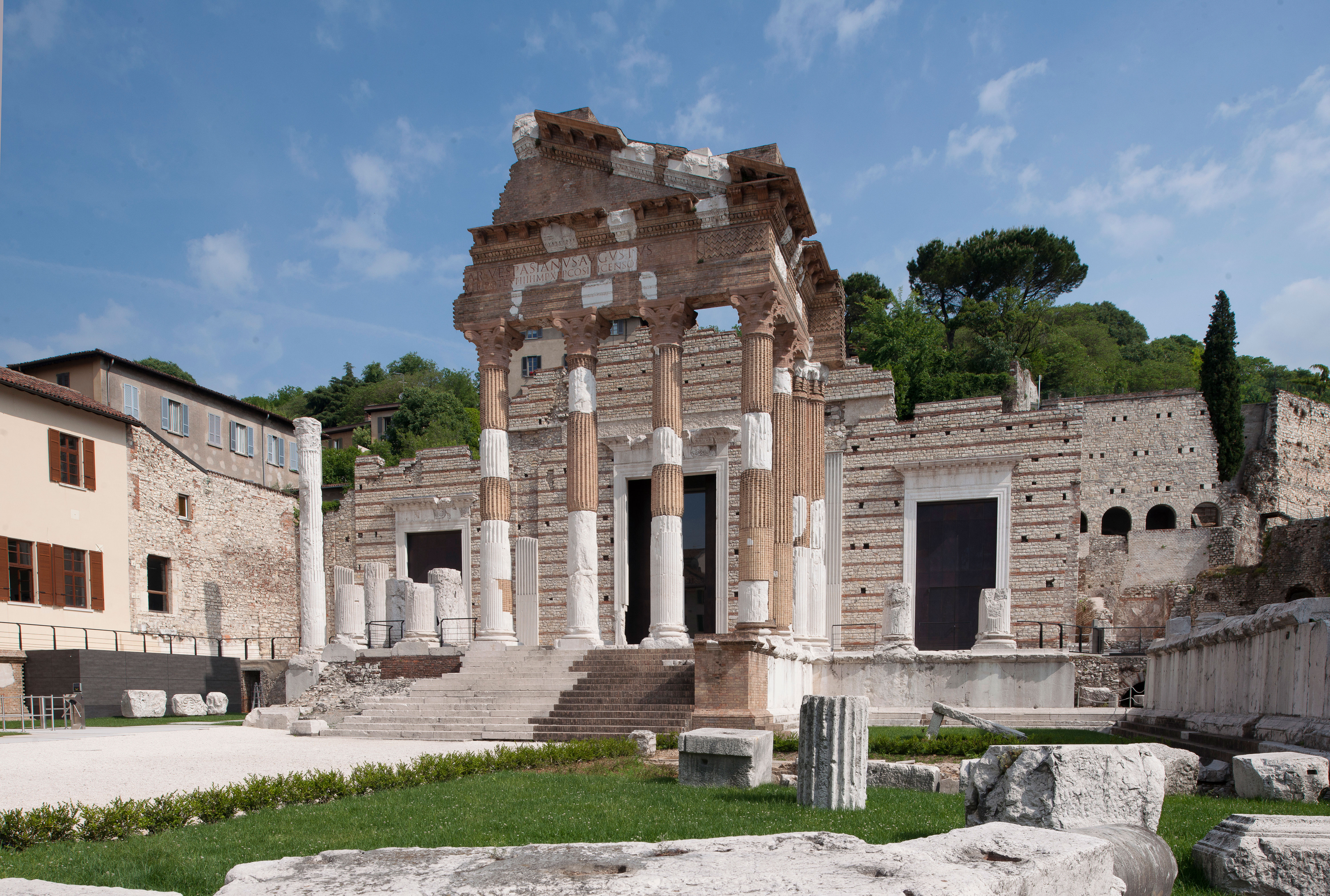
The Capitolium or Capitoline Temple, 73 AD, Brescia, Piazza del Foro | Courtesy of Brescia Museums
From 14 July the exhibition “Cinema Mattotti” will start at the Museum of Santa Giulia (still provisional title…)
“It will be the most important anthology dedicated to the relationship between animation and the performing arts, therefore not only cinema, but also theater and dance. It will be a very scenographic program, we will use Lorenzo Mattotti’s films as dynamic scenes within the exhibition. In this theatrical path we will move within the films as if we were inside an animation, with the possibility of studying the artist’s entire production mechanism through notebooks. This exhibition will accompany us throughout the summer and take us to autumn by relating our museum to the Nuovo Eden cinema”.
Brescia’s autumn will explode among the colors of the exhibition Brescia sixteenth century. The spirit of the city: from Savoldo to Moretto, up to Romanino (from 29 September at the Santa Giulia Museum), while a new stage in the “Contemporary Art and Human Rights” program will bring the curtain down on the year of Brescia Capital of Culture.
But that will be a separate story.
![]() Read also:
Read also:
• Brescia Capital of Culture. All exhibitions of 2023
• Brescia rediscovers Giacomo Ceruti, the curious artist who translated the spectacle of the world into painting